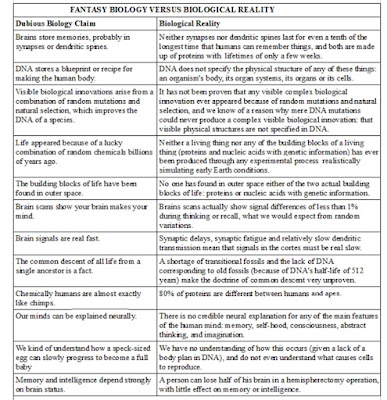Press button to watch video
- "In real time how the chaperones fold the newly synthesized polypeptide sequences into a particular three-dimensional shape within a fraction of second is still a mystery for biologists as well as mathematicians." -- Arun Upadhyay, "Structure of proteins: Evolution with unsolved mysteries," 2019.
- "The problem of protein folding is one of the most important problems of molecular biology. A central problem (the so called Levinthal's paradox) is that the protein is first synthesized as a linear molecule that must reach its native conformation in a short time (on the order of seconds or less). The protein can only perform its functions in this (often single) conformation. The problem, however, is that the number of possible conformational states is exponentially large for a long protein molecule. Despite almost 30 years of attempts to resolve this paradox, a solution has not yet been found." -- Two scientists, "On a generalized Levinthal's paradox," 2018.
- "A wide variety of protein structures exist in nature, however the evolutionary origins of this panoply of proteins remain unknown." -- Four Harvard scientists, "The role of evolutionary selection in the dynamics of protein structure evolution."
- "The majority of cellular proteins function as subunits in larger protein complexes. However, very little is known about how protein complexes form in vivo." Duncan and Mata, "Widespread Cotranslational Formation of Protein Complexes," 2011.
- "While the occurrence of multiprotein assemblies is ubiquitous, the understanding of pathways that dictate the formation of quaternary structure remains enigmatic." -- Two scientists (link).
- "A general theoretical framework to understand protein complex formation and usage is still lacking." -- Two scientists, 2019 (link).
- "Protein assemblies are at the basis of numerous biological machines by performing actions that none of the individual proteins would be able to do. There are thousands, perhaps millions of different types and states of proteins in a living organism, and the number of possible interactions between them is enormous...The strong synergy within the protein complex makes it irreducible to an incremental process. They are rather to be acknowledged as fine-tuned initial conditions of the constituting protein sequences. These structures are biological examples of nano-engineering that surpass anything human engineers have created. Such systems pose a serious challenge to a Darwinian account of evolution, since irreducibly complex systems have no direct series of selectable intermediates, and in addition, as we saw in Section 4.1, each module (protein) is of low probability by itself." -- Steinar Thorvaldsen and Ola Hössjerm, "Using statistical methods to model the fine-tuning of molecular machines and systems," Journal of Theoretical Biology.
- "Yet while these are several examples of well-understood processes, our study of animal morphogenesis is really in its infancy." -- David Bilder and Saori L. Haigo1, "Expanding the Morphogenetic Repertoire: Perspectives from the Drosophila Egg."













No comments:
Post a Comment